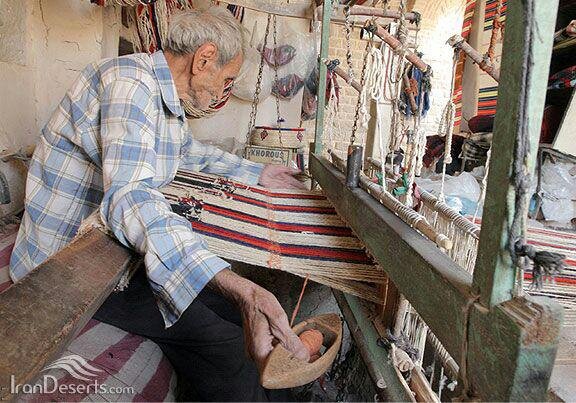Obsolete crafts to be revived using the old-hand expertise: official

TEHRAN – The tourism and cultural heritage directorate of Zanjan is aimed at reviving handicrafts that are no longer produced across the west-central Iranian province.
“Revival and introduction of such arts, which are becoming obsolete, seem to be very necessary so that the scheme is on the agenda for the province’s directorate of the Cultural Heritage, Tourism, and Handicrafts,” the deputy provincial tourism chief, Elnaz Khodaifard, said on Friday.
“For the first phase, the three handicraft fields of Jajim-e Panbei (a kind of traditional flooring made from cotton), Pardeh Bafi (weaving curtains), and Mina-ye Malileh (enameling by the means of filigree metalwork) will be revived using the capacity of elderly masters,” she explained.
“Through training and documenting, it is possible to pass on the know-how of these original and deep-rooted fields to the interested young generations so that they are not at least forgotten.”
Handicraft products worth more than $1.3 million were exported from Zanjan province in the previous Iranian calendar year (ended March 19), according to data provided by the provincial tourism department.
The value of Iran’s handicrafts exports stood at $120 million during the first eleven months of the past Iranian calendar year 1399 (March 20, 2020 – February 18, 2021). The country’s handicrafts exports, however, slumped during the mentioned months in comparison to the same period last a year earlier due to the damage the coronavirus pandemic has inflicted on global trade.
The Islamic Republic exported $427 million worth of handicrafts during the first eleven months of the calendar year 1398. Of the figure, some $190 million was earned via suitcase trade (allowed for customs-free and tax-free transfer) through 20 provinces, according to data compiled by the Ministry of Cultural Heritage, Tourism and Handicrafts.
Ceramics, pottery vessels, handwoven cloths as well as personal ornamentations with precious and semi-precious gemstones are traditionally exported to Iraq, Afghanistan, Germany, the U.S., the UK, and other countries.
With 14 entries, Iran ranks first globally for the number of cities and villages registered by the World Crafts Council, as China with seven entries, Chile with four, and India with three ones come next.
AFM
Leave a Comment